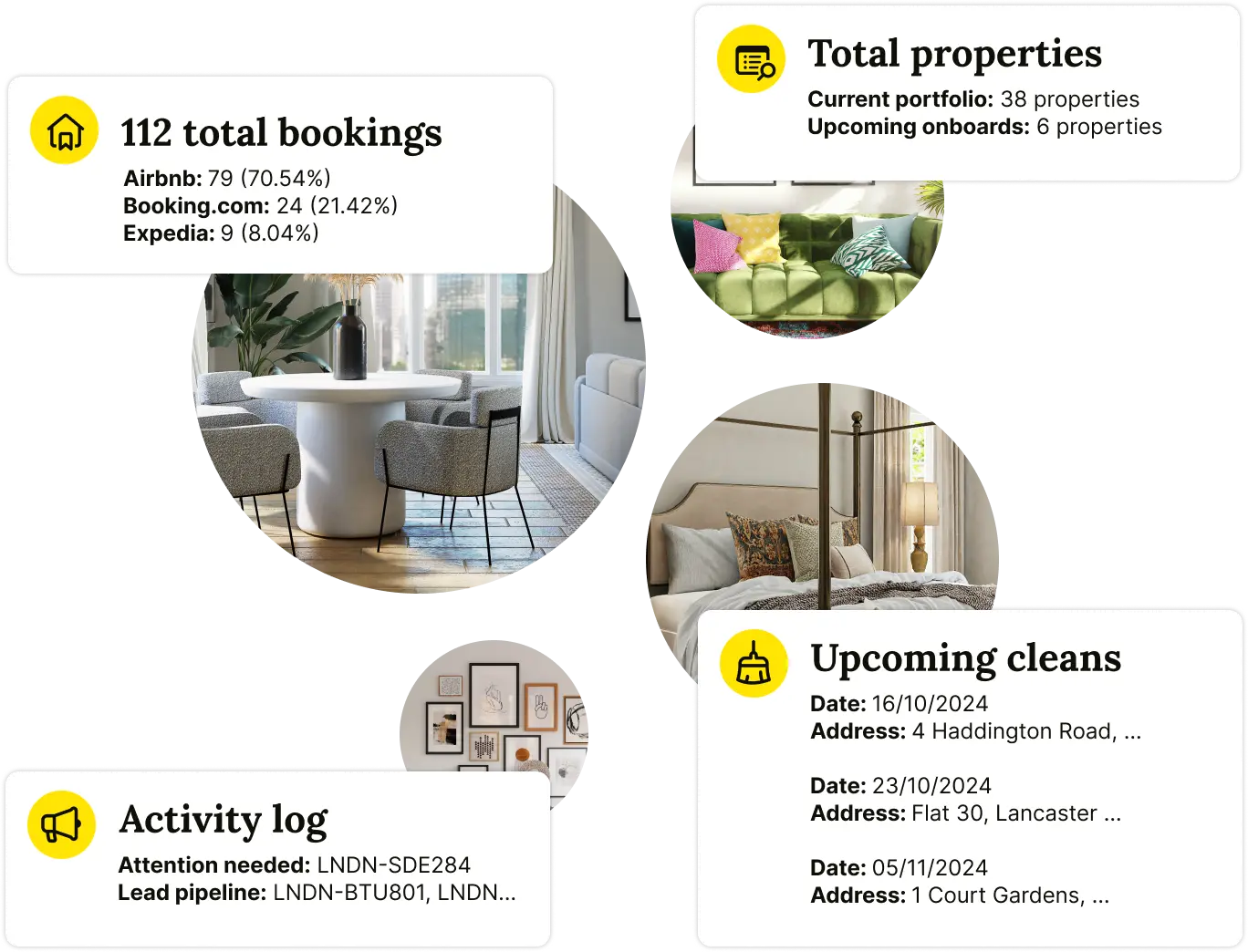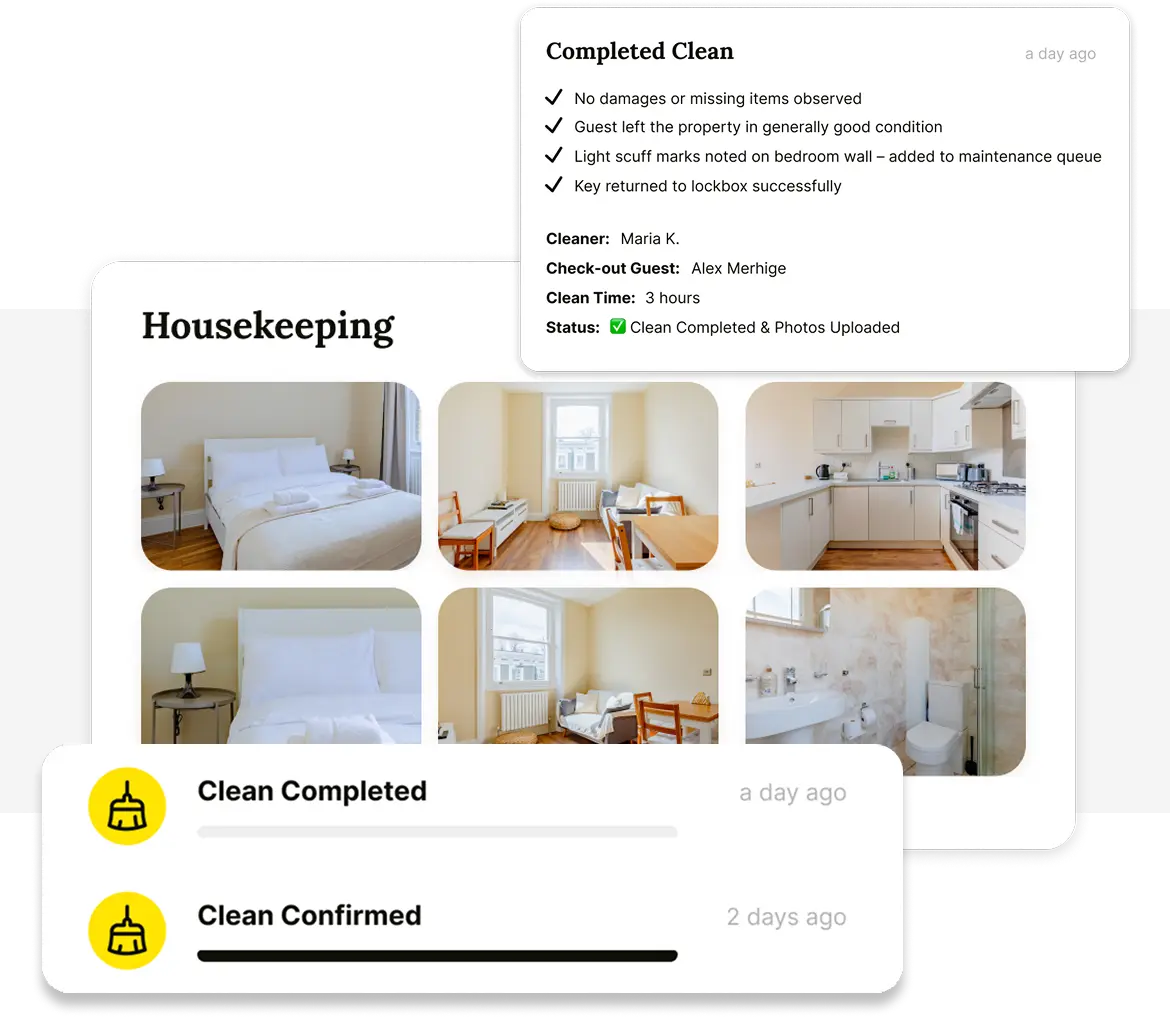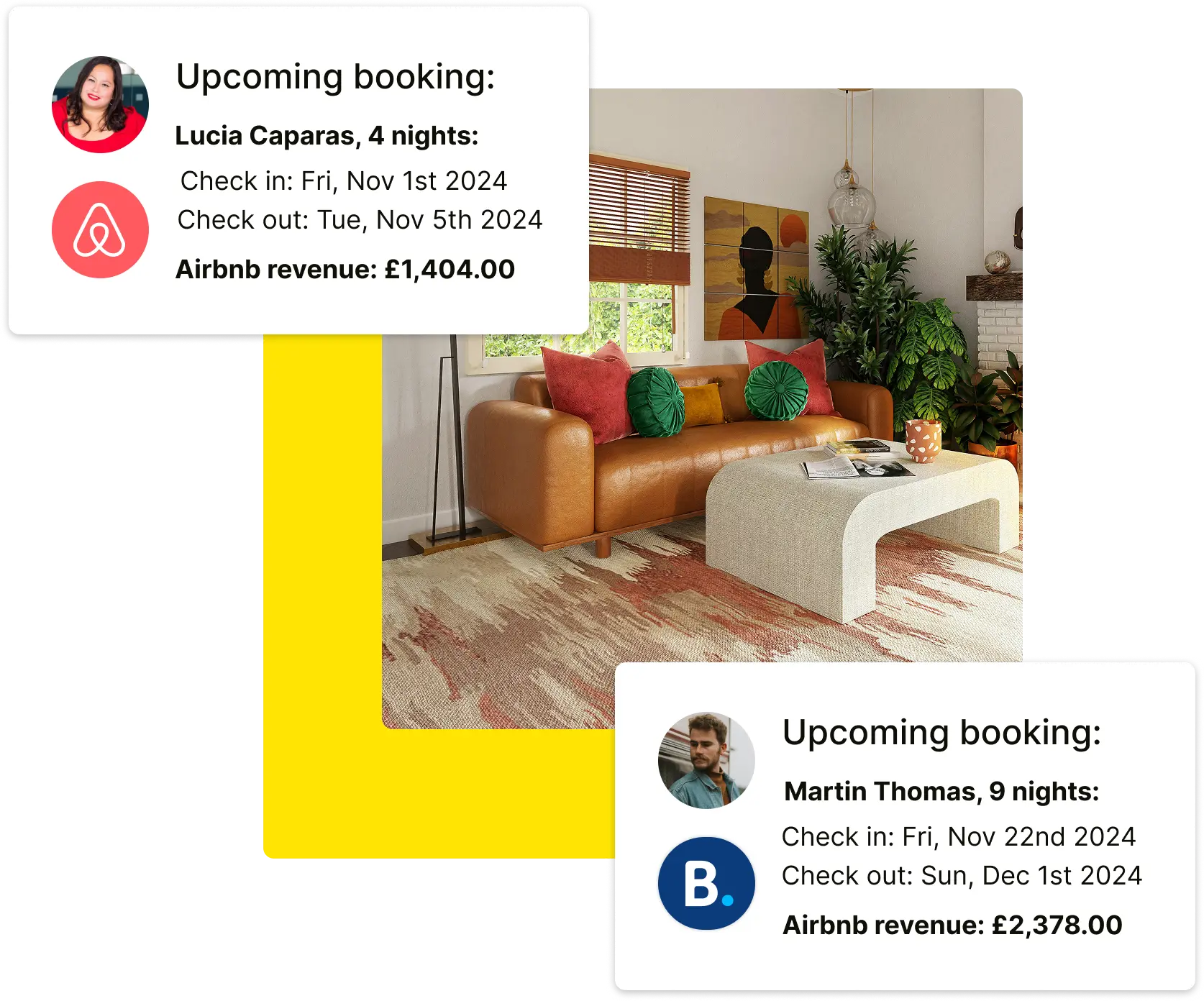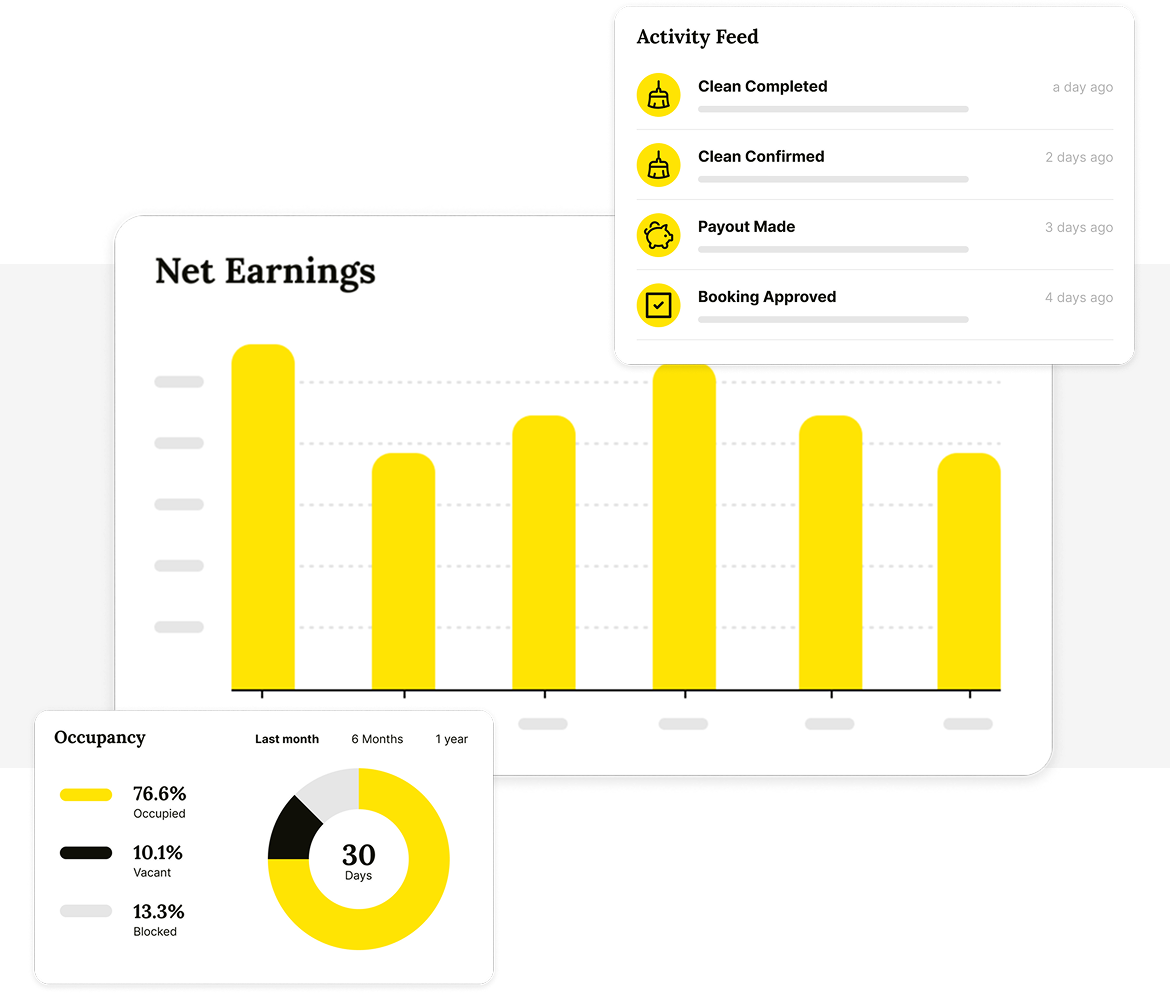A mortgage is like a special loan that helps you buy a home or property investment without paying all the money at once. It's a bit like making a deal with a lender. They lend you the money, and you promise to pay it back gradually. While you're paying them back, they share property ownership, as noted in the property's title.
Your mortgage payments include two things: principal and interest. The principal is the money you borrowed to buy the property, and interest is the extra cost. But here's a twist: sometimes, you can pay only the interest for a while, usually 1 to 5 years, before you start paying back the principal. This interest-only option is pretty popular for people with investment loans. In this article, we’ll discuss everything about mortgages, their types and the best mortgage choice for you. So, let’s get started!
Table of Contents
How Mortgages Work in Australia
In Australia, getting a mortgage typically involves having a deposit of 20% of the property's value, which means the lender will lend you the remaining 80%. Some lenders, like loans.com.au, might accept a 10% deposit but usually require you to pay for Lender's Mortgage Insurance (LMI), and your home loan interest rate might be different.
Usually, Australian mortgages run for 30 years, and you can choose between a variable rate or a fixed rate mortgage. Some popular features of Australian mortgages include an offset sub-account, redraw facility, split loan, and interest-only repayments.
An offset account is like a sidekick to your home loan. loans.com.au offers an offset sub-account, part of your home loan account. The money you have in this account offsets the balance you owe on your home loan. For example, if you have $20,000 in your offset account and owe $350,000, the interest is calculated on the reduced balance of $330,000. This can save you money and help you repay your loan faster.
Interest-only payments allow you to pay only the interest for a period without repaying the principal. This reduces your monthly payments during that time. However, once the interest-only period ends, your payments return to a variable-rate mortgage.
Mortgage Types
When it comes to mortgages, there are three main types to consider: fixed rate, variable rate, and split mortgage.
Fixed-Rate Mortgages
With a fixed-rate mortgage, your interest rate remains locked in for a specified period, typically one to five years. This means your monthly payments stay the same, regardless of whether the lender's rates go up or down.
It's a top pick for folks who want financial predictability. First-time homebuyers appreciate the consistency of making steady loan payments. Investors also find it valuable for ensuring a reliable positive cash flow from their properties.
But there's a trade-off. If interest rates drop during your fixed-rate term, you won't benefit from the savings variable rate borrowers enjoy. Fixed-rate mortgages often lack extra repayment options and may not include access to an offset sub-account. Plus, if you decide to break your contract within the fixed-rate period, you might face a hefty break fee.
Variable Rate Mortgages
With a variable rate mortgage, your interest rate can change during the life of your loan. If rates go up, your repayments increase, too.
However, if rates drop, you could enjoy some savings. Variable rate loans provide more flexibility compared to fixed-rate ones. You can make extra repayments and use features like an offset sub-account.
But there's a catch. While you gain flexibility and potential savings, you also face the risk of higher interest rates.
Split Loans
A split home loan is a mortgage choice that lets you divide your loan into different parts, combining the advantages of both variable and fixed rate loans. This helps you shield yourself from rate hikes while enjoying flexible features like extra repayments. You get to decide how you split your loan, giving you the freedom to tailor your loan to your needs and lifestyle.
🚀 Build a Thriving Airbnb Business with Houst
Monetize short-term rentals without owning property. Our Airbnb Business Partnership Program helps you start, scale, and automate a profitable Airbnb business with smart pricing, automation, and expert support.
💡 No Property Needed
📈 Expert Growth Strategies
🤖 Automated Hosting Tools

⭐ Rated 4.8/5 by 2,500+ Hosts

🧼 Airbnb Cleaning & Turnovers, Done Right

⭐ Rated 4.8/5 by 2,500+ Hosts

🏘️ Second‑Home Mortgages Explained — Deposit rules, serviceability tests and the equity‑release tricks seasoned investors use.
👉 Read the Guide: Compare interest‑only vs P&I scenarios on a $650 k coastal holiday let and find the tax‑offset sweet spot.
The Average Mortgage in Australia: What to Know
As Australian homeownership rates continue to decline, it's an intriguing time for those involved in the property market. Whether you're a current homeowner, prospective buyer, or simply curious about house prices, the average loan size is a topic of interest.
So, what's the average mortgage in Australia? By the end of 2022, it stood at $601,797, according to the Australian Bureau of Statistics (ABS) leading indicators.
However, this figure only provides a glimpse of the picture. The average home loan in Sydney vastly differs from that in regional Northern Territory.
When it comes to average mortgage figures in Australia, a few factors come into play. The location of the property, whether it's for an investor or homeowner, and whether it's an existing or newly built property all influence the loan size.
For new home loans (excluding refinancers), here are the average loan amounts for each state:
- New South Wales (NSW): $752,164
- Australian Capital Territory (ACT): $636,747
- Victoria (Vic): $618,109
- Queensland (QLD): $532,535
- South Australia (SA): $479,253
- Western Australia (WA): $478,462
- Northern Territory (NT): $440,260
- Tasmania (Tas): $459,016
In January 2022, the national average mortgage size reached an all-time high of $618,729. This surge reflects the impact of the pandemic property boom on property prices and mortgage amounts.
While mortgages in Australia are generally high, first-home buyers face the challenge of reduced availability. CoreLogic reports a year-on-year decrease in new property listings across most areas of Australia, with an overall drop of 17.5%. Borrowers must also consider repayment costs and how they fit into their financial situation when paying off a mortgage.
🚀 Build & Grow Your Airbnb Business with Houst
Turn your expertise into a profitable Airbnb business — without owning property.
Join Houst’s Airbnb Business Partnership Program to start, manage, and scale with ease. Get expert support, automation tools, and smart pricing strategies to maximize earnings and grow faster.

⭐ Rated 4.8/5 by 2,500+ Hosts


⭐ Rated 4.8/5 by 2,500+ Hosts

🏡 First‑Home Buyers Grant — Up‑to‑date thresholds, postcode caps and step‑by‑step claim checklist.
👉 Read the Guide: Learn how pairing the FHOG with a 2‑year fixed loan shaved $19 k off one buyer’s upfront costs.
Mortgage Duration
The length of your mortgage, or how long it takes to pay off your loan, significantly impacts your mortgage's total cost and your scheduled monthly, fortnightly, or weekly repayments.
A longer term means higher total interest costs but lower individual repayments. On the other hand, a shorter loan term results in higher repayments but less interest paid over time. Choosing the right duration can substantially impact your mortgage's overall cost.
Houst: Simplifying Property Management
Houst is your trusted partner for property rental management. Whether you own a single property or a portfolio of rental units, Houst takes care of everything, from Airbnb listing to handling Airbnb cleaning and guest communications. We make property ownership hassle-free, ensuring you get the most out of your investment.
.webp)
🚀 Start & Scale Your Airbnb Business with Houst
Join Houst’s Airbnb Business Partnership Program to start, manage, and grow your short-term rental business. With expert marketing, automation tools, and dynamic pricing strategies, we help you maximise earnings and scale faster.
See How It Works
⭐ Rated 4.8/5 by 2,500+ Hosts

🏦 Australia’s Best Investment Loan Rates — Side‑by‑side rate table that tracks fixed vs variable deals from the Big 4 and top non‑bank lenders.
👉 Read the Guide: See which lender still allows 90 % LVR for Airbnb properties and how to cut your comparison rate with offset redraws.
📚 Must‑Read Guides for Aussie Borrowers & Investors
💡 Property Investment Strategies — HMOs, serviced‑lets and off‑plan tactics that beat rising rates.
📈 Investment Property Tax Deductions — Full schedule of deductible interest, LMI and depreciation claims.
🔍 Negative vs Positive Gearing — Cash‑flow calculators show when a loss today means capital‑gain upside tomorrow.
🏠 Tax Implications of Paying Off a Rental Loan — Refinancing vs redraw, plus CGT impacts if you sell early.
🛠️ Effective Property Marketing Strategies — OTA listing audits, dynamic‑pricing tactics and photo fixes that lift click‑through rates.


.jpg)

